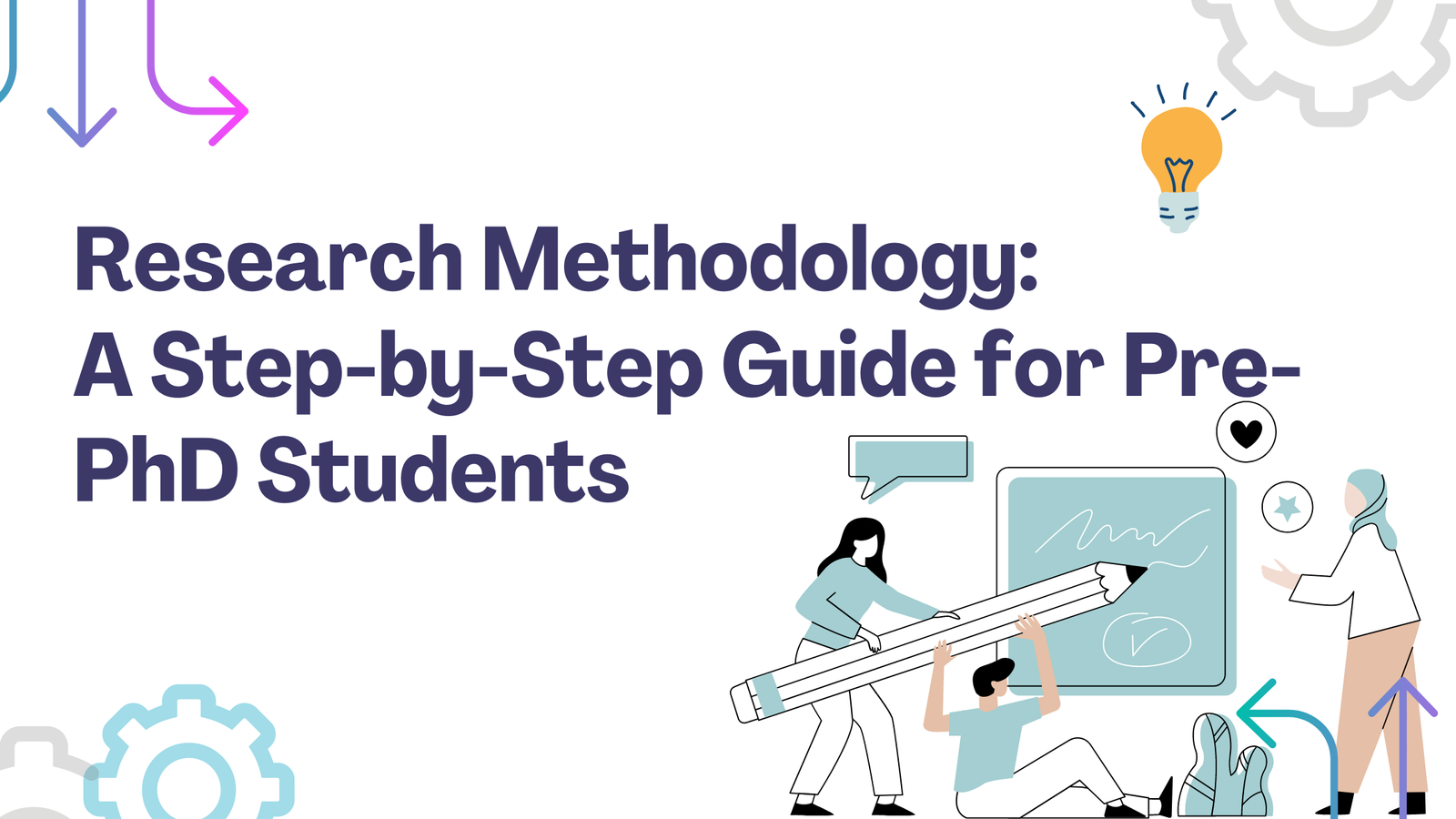Writing a research proposal is a critical step in the journey towards securing a PhD admission. This document is not merely a formality but a comprehensive blueprint that outlines your intended research project, demonstrating your preparedness and capability to undertake significant academic inquiry.
The importance of a well-crafted research proposal cannot be overstated, as it serves multiple pivotal functions. It conveys your research vision, showcases your understanding of the existing literature, and highlights your methodological rigor. Furthermore, it demonstrates the feasibility of your project and its potential to contribute meaningfully to the academic community and beyond.
A research proposal typically serves as a persuasive document that convinces the admissions committee of the merit and viability of your proposed study. It is an opportunity to articulate your research questions clearly, justify the need for your study by identifying gaps in the current literature, and propose a robust methodology to address your research objectives.
The process of developing a research proposal also helps you refine your ideas, identify the necessary resources, and plan the logistics of your research. Therefore, mastering the art of writing a compelling research proposal is essential for aspiring PhD candidates.
In this comprehensive guide, we break down the process of writing a research proposal into 25 detailed sections. Starting with crafting an engaging and descriptive title, we move through essential components such as the abstract, introduction, and literature review.
Each section is designed to build upon the previous one, ensuring that your proposal is logically structured and coherently presented. You will learn how to formulate precise research questions or hypotheses, develop a theoretical framework, and outline your research objectives with clarity.
The guide also delves into the specifics of research methodology, data collection, and analysis plans, emphasizing the importance of ethical considerations and feasibility assessments.
Practical aspects such as budgeting, funding sources, and risk management are covered to ensure that your proposal is not only academically sound but also practically viable. Additionally, we discuss the significance of a dissemination plan to share your research findings with the broader academic community.
By following this structured approach, you will be equipped to create a research proposal that stands out to admission committees. Whether you are in the initial stages of your academic career or seeking to advance your research capabilities, this guide will provide you with the tools and insights needed to succeed in your PhD application process. Embrace this opportunity to showcase your academic potential and embark on a rewarding journey of scholarly exploration.
1. Title
- Create a concise, descriptive, and engaging title that reflects the core of your proposed research.
2. Abstract
- Summarize your research proposal in 250-300 words, highlighting the research problem, objectives, methodology, and potential contributions.
3. Introduction
- Provide background information and context.
- Explain the significance of the research problem.
- Outline the main objectives of your study.
4. Research Questions/Hypotheses
- Clearly state your research questions or hypotheses.
- Ensure they are specific, measurable, and researchable.
5. Literature Review
- Review existing research relevant to your topic.
- Identify gaps in the literature that your research aims to fill.
- Justify the need for your study.
6. Theoretical Framework
- Describe the theories or models that will guide your research.
- Explain how they relate to your research questions.
7. Research Objectives
- Clearly state the primary and secondary objectives of your study.
- Ensure they are aligned with your research questions.
8. Significance of the Study
- Discuss the potential impact of your research.
- Highlight the contributions your study will make to the field.
9. Research Methodology
- Describe your research design (qualitative, quantitative, or mixed methods).
- Explain the rationale for your chosen methodology.
10. Data Collection Methods
- Outline the tools and techniques for data collection. - Include details on sampling methods, data sources, and data collection instruments.
11. Data Analysis Plan
- Describe the techniques and software you will use for data analysis. - Explain how you will ensure the validity and reliability of your data.
12. Research Plan/Timeline
- Provide a detailed timeline for each phase of your research. - Include milestones and deliverables.
13. Ethical Considerations
- Discuss ethical issues related to your research. - Explain how you will address them.
14. Budget
- Estimate the costs involved in your research. - Provide a detailed budget breakdown.
15. Funding Sources
- Identify potential sources of funding. - Explain how you plan to secure financial support.
16. Feasibility
- Assess the feasibility of your research. - Highlight your access to resources, participants, and data.
17. Research Environment
- Describe the facilities and resources available to you at the institution. - Highlight the support you will receive from your advisor and colleagues.
18. Preliminary Data
- Include any preliminary data or pilot studies that support your proposal. - Show how this data justifies the feasibility of your research.
19. Dissemination Plan
- Explain how you will disseminate your research findings. - Include plans for publications, conferences, and other forms of dissemination.
20. Risk Management
- Identify potential risks and challenges. - Provide strategies for mitigating these risks.
21. Expected Outcomes
- Describe the expected outcomes of your research. - Explain how they align with your objectives and research questions.
22. Conclusion
- Summarize the key points of your proposal. - Reinforce the importance and feasibility of your research.
23. References
- Provide a comprehensive list of all sources cited in your proposal. - Follow a consistent citation style.
24. Appendices
- Include any additional materials that support your proposal (e.g., survey instruments, interview guides, etc.).
25. CV or Resume
- Attach your academic CV or resume. - Highlight your qualifications, publications, and relevant experience.
Final Tips:
-
Clarity and Precision:
Ensure your proposal is clear, concise, and well-structured. -
Proofreading:
Carefully proofread your proposal for grammatical and typographical errors. -
Feedback:
Seek feedback from peers or mentors before submission. -
Alignment:
Make sure your research proposal aligns with the interests and expertise of the potential advisors at the institution.
By following these 25 sections, one can create a comprehensive and compelling research proposal for PhD admission or grant application.



